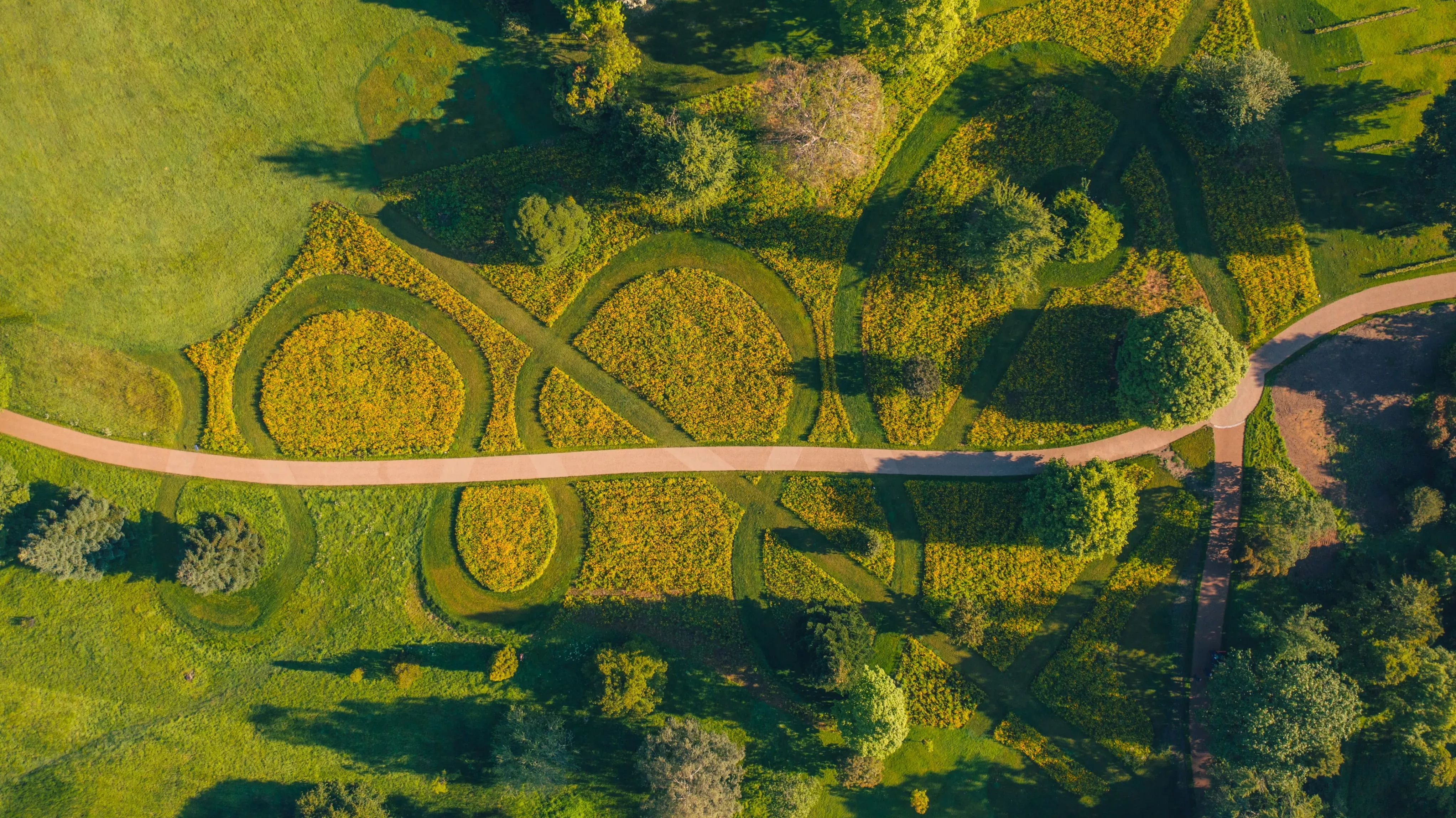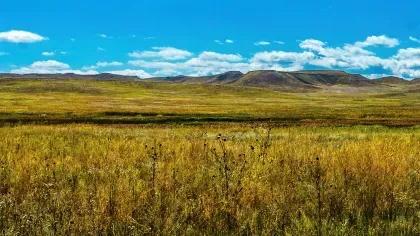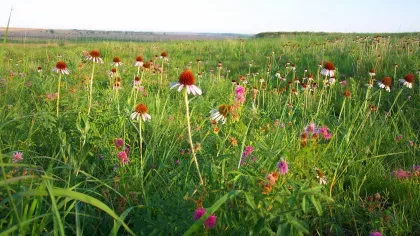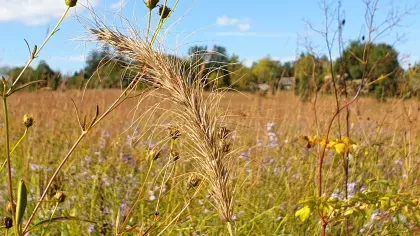20 September 2021
Designing our American Prairie
Learn from landscape design expert Larry Weaner about the making of our American Prairie at Wakehurst.

Our breath-taking American Prairie, the first of its kind in the UK, is taking shape at Wakehurst.
We are creating six acres of vibrant wildflowers and swaying grasses inspired by the vast and iconic prairies of North America.
Larry Weaner Landscape Associates are consulting on the design of this iconic landscape, drawing from their expertise in garden design and ecological restoration.
Here, Larry tells us how they helped bring our American Prairie to life.

Showcasing plant communities
Wakehurst showcases plants from all around the world in its collections.
This project offered a unique opportunity to explore a landscape yet to be established anywhere in the UK, the American prairies.
We wanted to steer away from the traditional concepts of garden design that mainly focus on individual plants.
Instead, we are exploring specific plant communities – compositions of species that interact with one another – to recreate the prairies at Wakehurst.
The American Prairie at Wakehurst is divided up into three different regions of the US: East, Upper Midwest, and Pacific Northwest.
Each region is represented by a specific plant community: Atlantic coastal plains, central tallgrass prairies and grasslands of the Pacific Northwest.

Designing the plant palette
The first step to establishing the American prairie at Wakehurst was selecting which plants to feature.
We had to ensure we provided the right environment so that plants native to the US could thrive in the UK.
This involved researching the very specific conditions required by each plant community to incorporate them into the design.
Here it is important to understand the distinction between specialist and generalist species:
- Specialists require particular conditions such as a specific pH or fungi in the soil – these species are more difficult to grow in areas where they are not native.
- Generalists have less specific requirements and grow in a broader range of places – they are more adaptable and can be easily transplanted.
So, we decided generalist species would make up the majority of the American Prairie at Wakehurst.
After environmental conditions, secondary considerations when picking plants include anything from height, colour, and foliage texture, to when people will be viewing the landscape.
All of these considerations were overlaid onto a big list of plants from each community to select the plant palette for the American prairie at Wakehurst.


Drawing inspiration
The main inspiration behind the design of the American Prairie at Wakehurst was our desire to create an immersive experience.
As you move through the landscape your surroundings are ever-changing – you may wander through an enclosed area with towering grasses that then opens to the wider view of the prairie and beyond.
We are manipulating when you are seeing views, and making sure those views are framed or underlined, by playing with the idea of expanse and enclosure.
Another large element that inspired our design was the unique aesthetic and signature textured composition of an American prairie.
At the Wakehurst landscape, you will walk through some intricate and delicate areas dominated by grasses, and others that are big and bold with plants that have large leaves and composite flowers.
When putting together plant compositions for a garden design, there are serious aesthetic benefits to growing species together that interact in nature.
Plant communities have grown together for hundreds, or even thousands, of years and they have co-evolved so that they grow in harmony, at different spatial levels in the landscape and times throughout the year.
Perhaps this is also why we have observed that colours naturally do not clash when planting species together that are neighbours in nature.

Coming to life
After picking the plants and layout, we began designing the process for preparation, planting and management of the prairie.
The creation of the prairie at Wakehurst has been divided up into two arms:
- Sowing wild-collected seeds
- Planting live plants into the seeded landscape
The first live layer is being introduced to the American Prairie at Wakehurst this month.
A team of 20 horticulturalists are delivering our carefully considered design, hand-planting 50,000 plants into the landscape.
Once all planting is complete, we will then move onto managing the prairie’s growth by mimicking wild stresses and disturbances, such as bison grazing and fire. So look out for this in years to come.
The prairie will continue to evolve over the years – amongst the whopping 110 different species sown into our American Prairie, there are some plants that are just little seedlings now that will be the dominant floral component in years to come.
Plants will also grow and change throughout the seasons, offering a variety of displays throughout the year.


Watch our animation below to see how our American Prairie will transform into the Atlantic coastal plains, central tallgrass prairies and the grasslands of the Pacific Northwest by summer 2022.
Next time you visit Wakehurst, immerse yourself in this highly diverse landscape and take a moment to pause and reflect on the beauty of nature.



